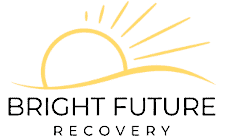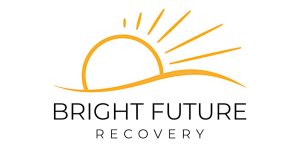
Bright Future Recovery serves Northern California, Central California, Southern California and the U.S. with evidence-based, whole person and affordable addiction rehab services associated with alcohol and drug abuse. We are happy to share valuable addiction recovery information.
Questions about Drug and Alcohol Abuse and Recovery?
Call Bright Future Recovery at (831) 245-1623 for a Confidential Consultation. We Can Help.
Table of Contents
Synthetic drugs are becoming more and more popular on the market in recent times, and receiving treatment for addiction to these substances is vital. Flakka, a dangerous illicit substance, is one of those synthetic drugs. But what does addiction to Flakka look like, and how can one get help for Flakka addiction?
What is Flakka?
A stimulant similar to bath salts, Flakka is a man-made drug, also known as a synthetic or designer drug. Flakka is created from a synthetic version of a stimulant in the cathinone class known as alpha-Pyrrolidinopentiophenone or alpha-PVP. Cathinone is a chemical substance naturally found in the khat plant, native to Arabia and East Africa, where the leaves of the plant are chewed on to produce a mildly stimulating effect.
Alpha-PVP was first discovered and patented as a central nervous system stimulant in the 1960s. Stimulants of this nature were commonly utilized in the treatment of conditions such as narcolepsy and ADD. In the early 2010s, the use of Alpha-PVP increased in popularity as it became available in tablet form and gained its street name, Flakka.
Flakka and other synthetic cathinones are included in a group of drugs called New Psychoactive Substances, which entered the drug market in the 2000s. These drugs are meant to mimic other illegal substances, including cocaine and LSD. Flakka is a Schedule 1 drug; drugs classified as Schedule 1 have no medical value and a high potential for abuse. In addition, Schedule 1 drugs are considered unsafe for use even under medical supervision, and possession of a Schedule 1 drug is a felony.
Flakka is consumed in a number of different ways. Commonly found in crystal form (giving it the common street name of ‘gravel’), the drug is typically eaten, smoked, or snorted, though it can also be injected into the body. Flakka crystals are typically white or pink in color.
Flakka also owes some of its popularity to the reduced price at which the drug can be sold. While other substances like cocaine are expensive to purchase and can often be monetarily out of reach for lower-income populations, Flakka is considerably lower in price, commonly ranging from $3-$5 per hit. The high from Flakka also lasts longer than the effects of many other drugs, with users reporting symptoms for up to 5 hours after consumption.
Flakka vs. Bath Salts
Flakka and bath salts are very similar substances. While the effects and chemical composition of the two are nearly identical, their active ingredients are different. The active ingredient present in bath salts is Methylenedioxypyrovalerone or MDPV.
Bath salts and Flakka can both lead to overdose and death in those who use them. Methods of consumption between the two substances are also similar. Both Flakka and bath salts are sold under the guise of cleaners for jewelry or plant food.
A Note on Regulation
Taking Flakka is dangerous enough in and of itself, but there is another serious risk those who consume Flakka are taking: the production of Flakka is entirely unregulated. Lack of regulation means that the ingredients present in the Flakka may vary between manufacturers. Substances sold as Flakka have been shown to include other drugs such as methamphetamine, methcathinone (MCAT), and methylenedioxypyrovalerone (MDPV). Manufacturers also add other substances to Flakka, including sugar or gelatin often added for taste, which can affect the strength of the drug. With drugs like Flakka, there is a fine line between what will cause a high and what is considered a lethal dose. Those who take part in the unregulated substance risk crossing that line.
Those who consume other types of drugs may accidentally ingest Flakka as well. The synthetic drug is known to be added to Ecstasy, a common party drug.
Effects of Flakka
Flakka has a multitude of effects on the body when consumed. The effects of Flakka vary slightly from person to person, with their severity depending on the amount ingested. Upon ingestion, Flakka users feel euphoric, often feeling like they are invincible. This leads to poor decision-making, as they feel like nothing can bring them harm. Flakka highs can also make the consumer feel worse, causing panic attacks, hallucinations, and psychosis. Delirium, a symptom often associated with Flakka use, has the potential to develop into hypoactive delirium, which causes a zombie-like state the drug is known for. Those suffering from hypoactive delirium may be confused and delusional or unresponsive altogether. People under the influence of Flakka often act in a way they never would typically and are known to lose control over their thoughts and actions, sometimes resulting in dangerous or illegal actions.
Flakka also has a number of effects on the body. People who use the drug may experience a lack of appetite, increased heart rate, and blood pressure, and respiratory issues. Long-term use of the drug can result in more serious consequences, like kidney failure. Those who use Flakka and experience kidney failure may have to be on dialysis for the rest of their lives. Muscle spasms, tremors, and seizures are additional side effects of Flakka use. The drug also causes brain swelling, which can lead to neurological damage down the line, even after the use of the drug is stopped.
Signs of Flakka Addiction
There are a number of signs that a person may be addicted to Flakka. The addicted person will likely display a number of symptoms, which may range in severity. Typically as the addiction time lengthens, these symptoms worsen.
The most common physical symptoms of Flakka addiction include:
- Improved strength
- Hyperthermia
- Increased heart rate
- Loss of muscle fiber
- Zombie-like walk: People who are addicted to Flakka are often described as having a zombie-like walk due to the melting of muscle fibers into the bloodstream, which can cause uncontrolled muscle spasms.
The brain is also affected by Flakka addiction, resulting in a number of cognitive symptoms like:
- Paranoia
- Delusions
- Poor judgment
- Derealization.
Flakka abuse is known to cause extreme mood swings and states of agitation. Behavioral symptoms present in cases of Flakka addiction include:
- Unpredictable behavior
- Aggression, reckless behavior
- Hyperstimulation
- Psychomotor agitation
Those dealing with Flakka addiction will also exhibit other typical signs of drug addiction. These signs of addiction commonly affect the outside life of the addicted person, as well as those around them.
- Habitual lying: Those who become addicted to drugs may feel they need to lie in order to keep up a facade of normalcy for those around them. They may lie about a number of things, including their finances or how and where they spend their time.
- Loss of interest: A person dealing with drug addiction may suddenly lose interest in doing things they previously enjoyed, like hobbies and spending time with friends or loved ones.
- Employment/Monetary issues: Individuals dealing with drug addiction are more likely to have issues maintaining employment. The loss of a job may result in seeking monetary assistance from friends or family.
- Problems with Law Enforcement: More commonly noted in severe or prolonged cases of addiction, repeated issues with law enforcement, including theft, possession of an illicit substance, or DUI, are a notable consequence of drug abuse.
Flakka Withdrawal
Flakka is a highly addictive substance, which means withdrawals will occur in those who cease taking the drug. Withdrawal symptoms from Flakka are typically worse when use is stopped abruptly or without the guidance of a rehabilitation center or other treatment program. Withdrawal symptoms, like signs of Flakka abuse, can be both physical and psychological and are often challenging to go through without assistance from professionals or medical intervention.
The physical signs of Flakka withdrawal include tremors, problems sleeping, and night sweats.
Psychological withdrawal symptoms include irritability, anxiety, depression, paranoia, and suicidal thoughts.
Getting Help for Flakka Addiction
Receiving help for Flakka addiction can be the difference between life and death. When it comes to drugs like Flakka, getting professional help is more important than ever. Due to the severity of the drug, stopping use without medical supervision is ill-advised. The best option for Flakka users is to enter into a medically supervised detox and rehabilitation program where they can be tapered off the drug safely. Rehabilitation programs give patients the best opportunity for success in sobriety, and proper treatment can reduce the chance of relapse, which is especially important in the case of drugs like Flakka that are easy to overdose on.
Final Thoughts
Flakka is a synthetic stimulant similar to bath salts, readily available at lower prices than many other drugs. The ease of access, serious potential for abuse, and unregulated production of Flakka make the drug one of the most dangerous illicit substances on the market today. While the drug can make users feel euphoric and invincible, other symptoms like paranoia, delirium, and agitation are also common. Physical symptoms can cause tremors, muscle spasms, and further complications with increased use. Overdosing on Flakka is a serious potential as the dosing of the substance is unregulated. Because of the severity of Flakka addiction, attending a rehabilitation program is highly recommended to address withdrawals and prevent relapses.
Call Bright Future Recovery Now
Confidential Consultations and Insurance Verification
Detox | Residential Rehab | Relapse Prevention
We accept most insurance – Free Insurance Benefits Check.
Frequently Asked Questions
Bright Future Recovery is located one serene drive from Silicon Valley in northern San Benito County, California. Bright Future Recovery is a place where our patients can get away from it all as they focus on detox and starting residential addiction recovery on the right foot.
Even so, our property is close enough to town that you don’t feel disconnected.
Take the first step to a brighter future for yourself, family or loved one today, call (831) 245-1623.
We are family oriented drug and alcohol detox and rehab center in Northern California. We offer a range of holistic and evidence-based addiction treatment services with personalized treatment plans.
Bright Future Recovery Northern California addiction rehab treatment provides whole person recovery with intervention, medical detox, holistic evidence-based residential rehab, outpatient IOP rehab, virtual IOP, relapse prevention and aftercare.
Whether struggling with alcoholism, drug addiction, or other form of substance abuse – our professional, experienced and compassionate staff is here to guide and support our patients every step of the way.
As a small 12 bed program in a home-like and comfortable environment – we are able to give our patients individual attention.
Take the first step to a brighter future for yourself, family or loved one today, call (831) 245-1623.
Medications during medical detox are given as needed; dosage is determined by a licensed physician. The length of detox is dependent on several factors. These include general health and type and length of the addiction.
For treating opiate addiction, we use MAT Medication-Assisted Treatment.
Please call Bright Future Recovery for a confidential consultation at (831) 245-1623.
An average detox takes 7 – 10 days. Although for some individuals detox may last longer. The length of detox depends on several factors. These include overall health, substance taken and the length of the addiction.
We treat opiate addiction with MAT medication-assisted treatment.
Please call Bright Future Recovery for a confidential consultation at (831) 245-1623.
Addiction is a complex disease that can have a devastating impact on individuals, families, and communities. But there is hope. Bright Future Recovery residential addiction treatment provides the support and structure individuals need to overcome addiction and achieve lasting recovery.
Our addiction rehab treatment provides whole person recovery with intervention, medical detox, holistic evidence-based residential rehab, Virtual IOP outpatient rehab, relapse prevention and aftercare.
We accept most insurance and can verify your insurance benefits.
Residential rehab treatment can last 30 to 90 days or longer – depending on the needs of the individual.
Take the first step to a brighter future for yourself, family or loved one today, call (831) 245-1623.
Whether stepping down from residential treatment or seeking to complement ongoing recovery efforts – our Intensive Outpatient Program (IOP) is designed to support your unique path to wellness.
In our IOP Program, patients can maintain their daily routine while accessing the quality treatment and support needed to recover and thrive.
· Patients can participate in our Outpatient IOP holistic alcohol and addiction recovery rehab while maintaining personal and professional responsibilities.
· Patients graduating from our Residential Rehab program can continue to receive professional support and rehab education.
· Virtual IOP – Our outpatient treatment program in a convenient, flexible format that allows clients to receive our IOP rehab from any internet-connected device.
Please call Bright Future Recovery for a confidential consultation at (831) 245-1623.
Location and Directions
Bright Future Recovery also owns and operates Avila Heights Recovery.
Avila Heights Recovery is our luxury executive rehab in San Luis Obispo.








